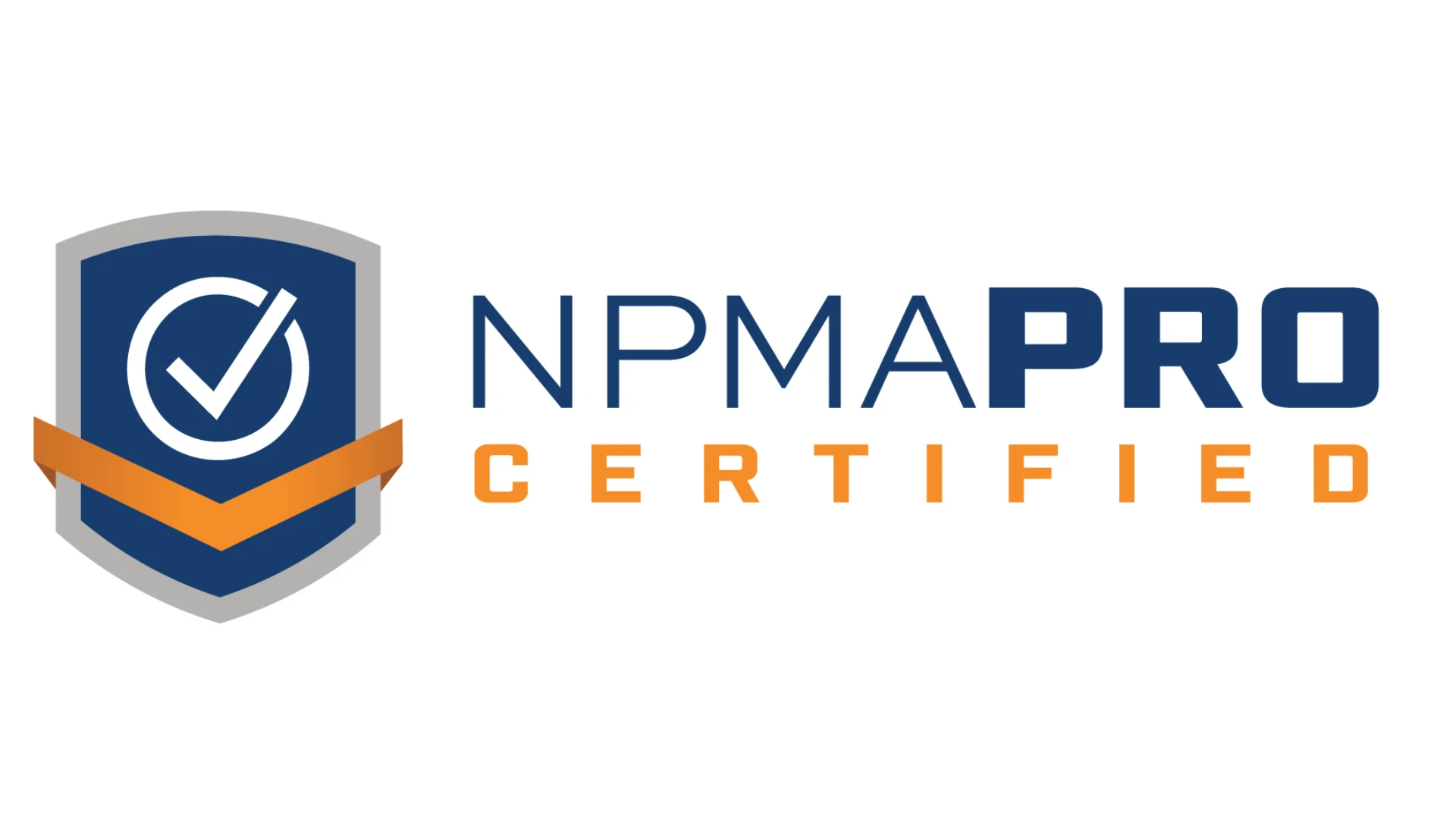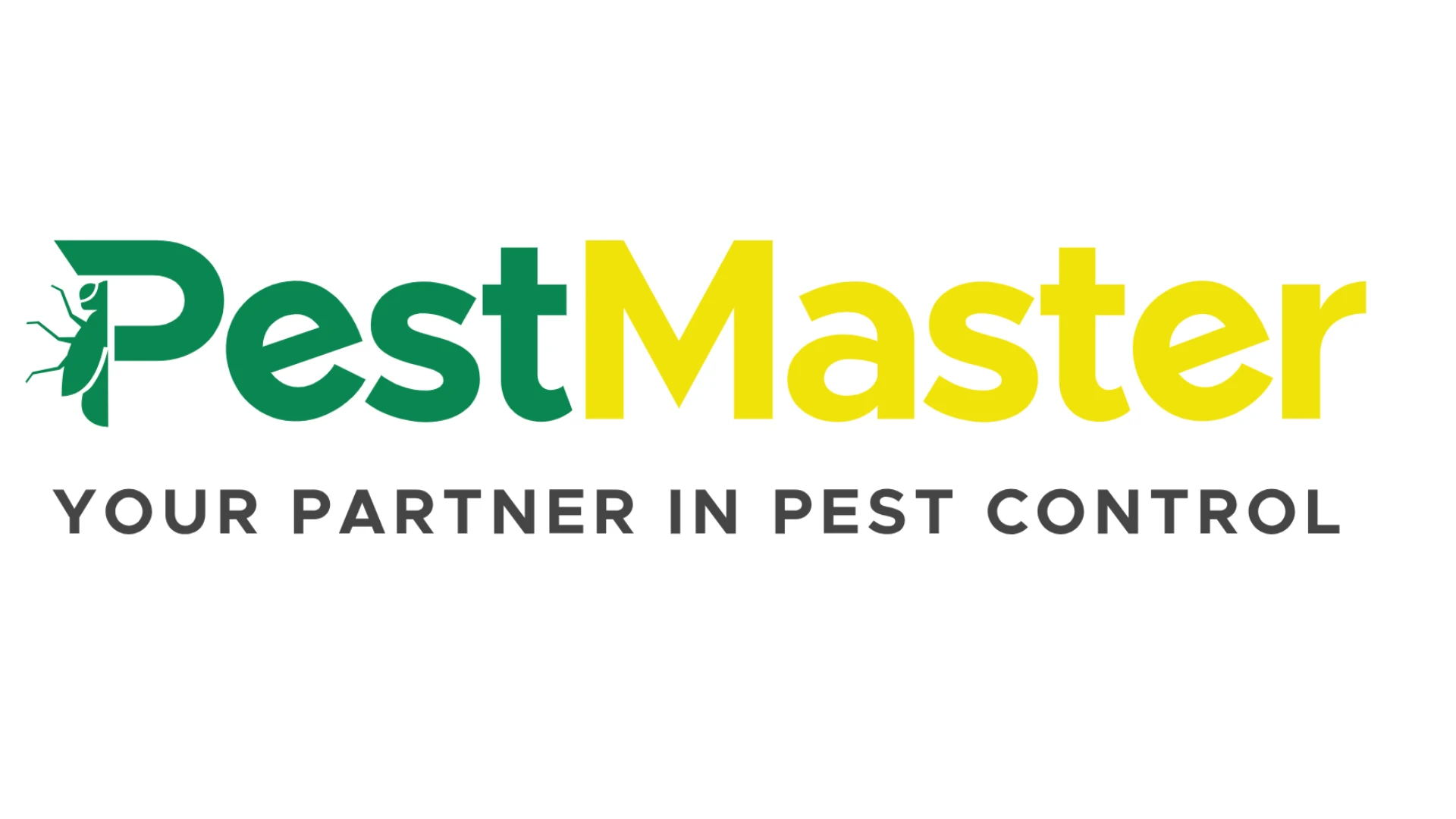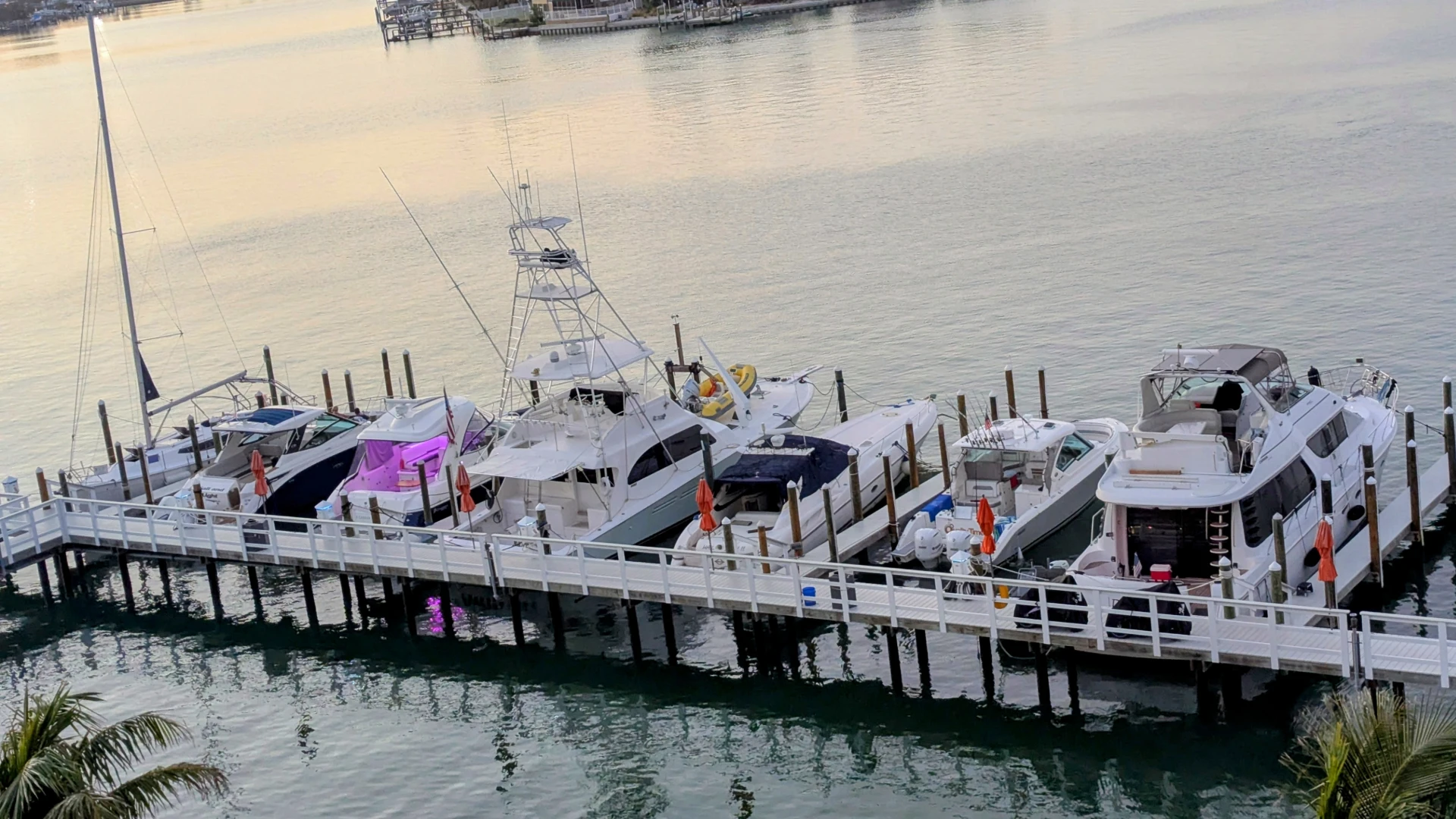- 1929: A Norwegian engineer designs an early can and valve aerosol propellant system, the “primitive” forerunner for our modern design.
- 1942: Aerosol spray cans of insect repellents are first developed for mosquito-bitten American soldiers during WWII.
- 1947: Aerosol technology is introduced to U.S. civilians in products such as refrigerators, air conditioners, and spray cans.
- 1974: Scientists propose the theory that chlorofluorocarbons (CFCs) damage the ozone layer.
- 1978: The U.S. EPA bans the use of CFC propellants.
- 1985: The Vienna Convention establishes an international cooperative to study the effects of Ozone Depleting Chemicals (ODCs).
- 1987: 24 countries sign The Montreal Protocol On Substances That Deplete The Ozone Layer, each agreeing to gradually phase out the use of ODCs (including CFCs).
- 1996: CFC propellant production in industrial countries is fully phased out under the Montreal Protocol Agreement.
- 2005: The ODC methyl bromide is totally phased out, under the guidelines of the Montreal Protocol Agreement.
- 2020: The expected final global phase-out of the ODC Hydrochlorofluorocarbons (HCFCs), under the guidelines of the Montreal Protocol Agreement.
(Source: www.AboutAerosols.com)
Get curated news on YOUR industry.
Enter your email to receive our newsletters.
Loading...

Explore the November 2010 Issue
Check out more from this issue and find your next story to read.
Latest from Pest Control Technology
- Scorpion Launches Capacity Marketing Engine
- Petti Pest Control Owners Reflect on Finding Success as a Father-Son Duo
- Effective Mitigation of Crow Infestations
- Mosquito Control: Spraying vs. IPM
- Terminix Service's Leaders Inducted into South Carolina Business Hall of Fame
- Christner on Colorado's Preemption Roll Back on Business Growth
- How to Get Rid of Odorous House Ants
- Massey Services Promotes Herndon to Director of Sales for Multi-Family Division





